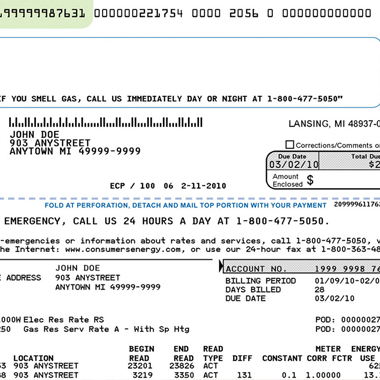
Categories
- All (57)
- Uncategorized (4)
- Sustainability (1)
- Engineering (25)
- Fundamentals (12)
- Services (11)
- Tenant Coordination (3)
- Facility Operations (5)
- Energy Solutions (3)
Tags
- All (57)
- HVAC (3)
- Safety (5)
- Retail Design (1)
- National Electric Code (2)
- Fire Protection Agency (2)
- Electrical Engineering (15)
- Mechanical Engineering (11)
- Boiler Room (5)
- Expansion Tanks (1)
- Equipment Layout (1)
- Calculations & Formulas (3)
- Rules of Thumb (1)
- NEC (1)
- Workplace (1)
- Facility Operations (7)
- Lighting (4)
- Kitchen (1)
- Energy Audit (1)
- fire protection (1)
- Plumbing (2)
- Restroom (1)
- Right-Sizing (4)
- Code (1)
- Vs. (1)
- ADA (1)
- Universal Design (1)
- Grease (1)
- Bid Documents (1)
- Before You Build (1)
- Air Conditioning (4)
- LEED (2)
- Water Treatment (2)
- Odor Control (2)
- Food Court (1)
- Restaurant (1)
- Tenant Coordination (15)
- Piping (2)
- Products (1)
- Energy (1)
- Commissioning (1)
- Leasing (1)
- Curb Adapter (1)
- Rooftop (1)
- Central Plant (2)
- Comfort Issues (1)
- Circuits (1)
Archives

How to Reduce Electricity Costs Ahead of Rate Increases
Posted by Sara Lewis on in Engineering, Energy Solutions
Sometimes, it can be difficult to understand changes on your electric bill and even harder to determine what you can do to bring monthly costs down. TES Engineering recently attended a seminar that discussed First Energy rate structures and the company’s planned impending rate increases. In this blog post, we hope to break down the […]
read more

What’s a Watt? (And Other Electrical Fundamentals)
Posted by Mike Ruff on in Fundamentals
Basic electrical calculations involve three parameters, volts, amps and watts. Volts Here in the United States, we design according to specific voltages provided by our utility companies. In residential construction, we often have 120/240V, single phase, 3-wire, while in commercial construction we typically have 120/208V, 3 phase, 4-wire or 277/480V, 3 phase, 4-wire (although older […]
read more

Does Power Have You Against the Wall? Our Engineers Come to the Rescue
Posted by Hilmi Tannous on in Engineering
Let’s face it: sometimes, the wall isn’t the most convenient place for an outlet. Never fear, though, electrical engineers to the rescue! We can put your outlet almost anywhere you want, within reason, of course. When our clients want power, data, and/or audio visual connections away from the wall in commercial buildings, office areas, schools, […]
read more

Aluminum vs. Copper Conductors
Posted by Hilmi Tannous on in Engineering, Fundamentals
The construction drawings are done, the specifications are complete, and bidding has commenced. A few days before bids are due, however, the contractor suggests replacing copper conductors with aluminum conductors – a suggestion that may be a value-engineering line item, or a qualification item within the bid. But what are the technical aspects of making […]
read more
208 or 480 Volt Service?
Posted by Joe Weagraff on in Tenant Coordination
Selecting an electrical distribution voltage for a multi-tenant commercial building is often based on prior lease agreements, previous projects, incomplete information, or intuition. Our research provides guidelines with economic justifications. Each type of service has its advantages. 208V requires less electrical equipment in the Tenant lease space and is therefore less expensive for the Tenant. […]

 Previous STORY
Previous STORY